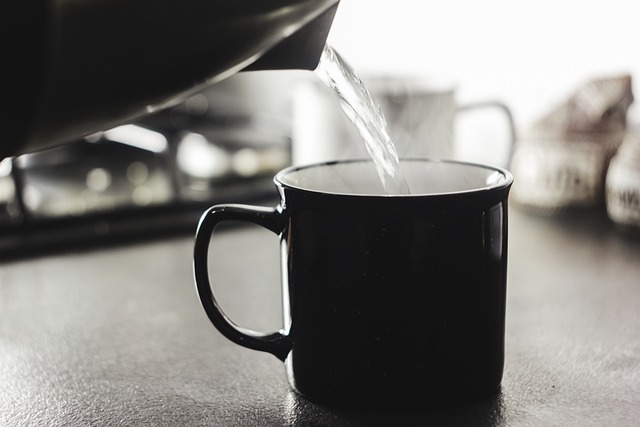Hot therapy, such as using heating pads or warm baths, combined with relaxation techniques like deep breathing and meditation, effectively alleviates menstrual pain by increasing blood flow, relaxing muscles, and reducing stress hormones. This holistic approach offers immediate comfort and long-term relief, making it a powerful strategy for managing symptoms naturally. Incorporate these practices into your daily routine to significantly reduce discomfort during menstruation.
Unwind, relax, and bid farewell to menstrual discomfort! This article explores a powerful combination of hot therapy and relaxation techniques for managing painful periods. Discover how applying heat can target cramping muscles while integrating mindfulness practices offers profound relief. We’ll delve into the science behind these methods, provide practical tips for home use, and showcase their synergistic benefits for achieving optimal comfort during that time of the month.
Understanding Hot Therapy for Menstrual Pain
Hot therapy is a popular and effective remedy for alleviating menstrual pain, often referred to as cramping. This method involves applying heat to the lower abdomen or back, targeting the areas where uterine muscles contract during menstruation. By increasing blood flow and relaxing these muscles, hot therapy can significantly reduce the intensity and duration of painful symptoms.
When combined with relaxation techniques such as deep breathing, meditation, or gentle stretching, hot therapy becomes even more powerful. Relaxation practices help calm the mind and body, reducing the release of stress hormones that can exacerbate menstrual pain. Together, these complementary approaches create a holistic strategy to manage symptoms, offering women a natural and effective way to ease their discomfort during this time.
The Science Behind Relaxation Techniques and Their Benefits
The science behind relaxation techniques reveals their profound impact on both the mind and body. By inducing a state of calm, these techniques stimulate the parasympathetic nervous system, which is responsible for promoting relaxation and reducing stress responses. This activation helps to lower blood pressure, slow heart rate, and reduce muscle tension—all of which contribute to improved overall well-being.
For women experiencing menstrual pain, combining hot therapy with relaxation can offer significant relief. Hot therapy, such as using a heating pad or taking a warm bath, increases blood flow and relaxes muscles, alleviating cramping. Pairing this with practices like deep breathing, meditation, or yoga further enhances the benefits. These relaxation techniques not only provide physical comfort but also mental clarity, fostering a sense of tranquility during what can otherwise be an uncomfortable time of the month.
Integrating Hot Therapy with Relaxation for Optimal Relief
Integrating hot therapy with relaxation techniques can significantly enhance relief from conditions like menstrual pain. Hot therapy, such as using a heating pad or taking a warm bath, increases blood flow and relaxes muscles, which can ease cramping and discomfort associated with menstruation. By combining this with relaxation practices like deep breathing exercises or meditation, you create a powerful synergy that goes beyond the physical effects of heat.
Relaxation techniques calm the mind and body, reducing stress hormones that can exacerbate pain. This mental aspect is crucial for optimal relief, as it allows your body to fully process and release tension. Together, hot therapy and relaxation techniques offer a holistic approach to managing menstrual pain, providing both immediate comfort and long-term relief through reduced muscle tension and mental clarity.
Practical Tips for Incorporating Both at Home
Combining hot therapy with relaxation techniques at home can be a game-changer for managing menstrual pain. Start by incorporating warm compresses or heating pads on your lower abdomen during cramping. This simple hot therapy for menstrual pain can provide immediate relief and relax your muscles.
For relaxation, try practices like deep breathing exercises, meditation, or yoga. These techniques reduce stress hormones, promoting overall well-being. Schedule dedicated time each day to focus on these activities; even short sessions can make a difference. Combine them in a soothing routine: begin with a warm bath or shower, add some essential oils for enhanced relaxation, and finish with targeted hot therapy and mindful breathing exercises.
